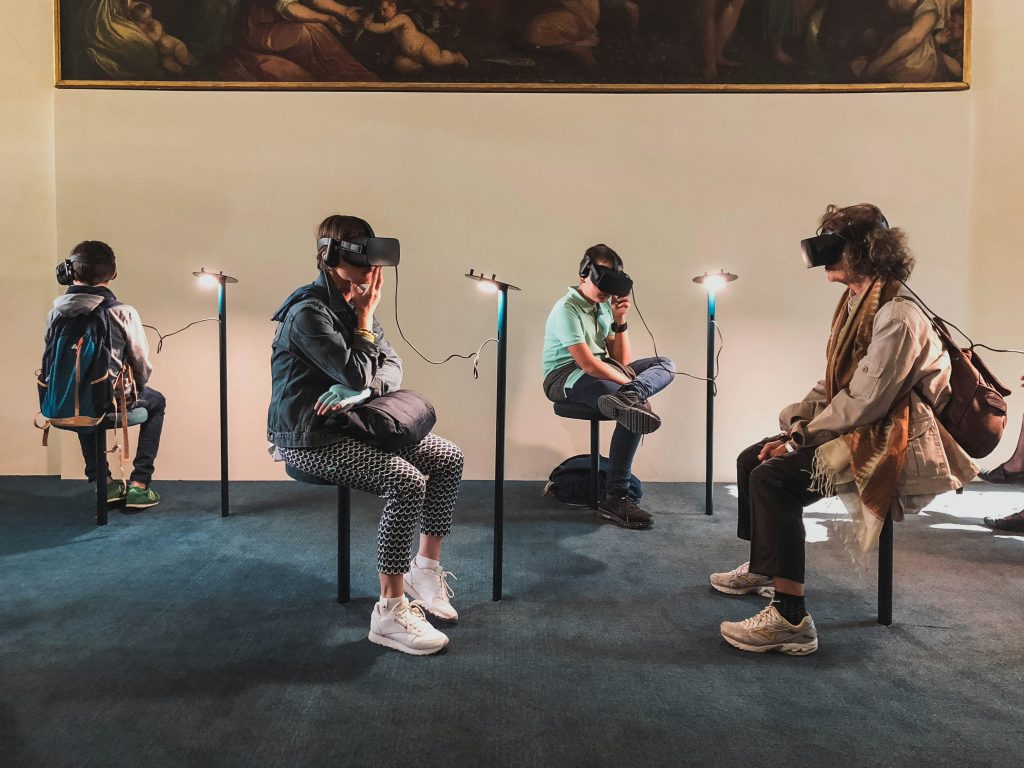Virtual Reality (VR) and Augmented Reality (AR) have transformed the way we interact with digital environments. From gaming and entertainment to healthcare and education, these immersive technologies are revolutionizing multiple industries. This article explores the latest advancements in VR and AR, their practical applications, and what the future holds for these groundbreaking innovations.
1. Understanding VR and AR Technologies
Why It Matters:
VR and AR are enhancing digital interactions, offering immersive experiences that blend the real and virtual worlds.
Key Differences:
- Virtual Reality (VR): A fully immersive digital environment that replaces the real world using headsets like Oculus Quest and PlayStation VR.
- Augmented Reality (AR): Enhances the real world by overlaying digital elements using devices like smartphones, smart glasses, and AR headsets.
2. Latest VR and AR Devices
Why It Matters:
Cutting-edge hardware is making VR and AR more accessible and capable than ever before.
Top Devices in 2024:
- Apple Vision Pro: A high-end mixed reality headset designed for both VR and AR experiences.
- Meta Quest 3: An advanced standalone VR headset with improved performance and comfort.
- Microsoft HoloLens 2: A leading AR headset used in enterprise and industrial applications.
- Sony PlayStation VR2: A next-gen VR system designed for gaming on the PlayStation 5.
3. Applications of VR and AR Across Industries
Why It Matters:
VR and AR are no longer just for gaming—they are transforming industries worldwide.
Key Applications:
- Gaming and Entertainment: Immersive gaming experiences, virtual concerts, and interactive storytelling.
- Healthcare: VR-assisted surgery, mental health therapy, and AR-based medical training.
- Education and Training: Virtual classrooms, interactive learning modules, and workplace simulations.
- Retail and E-commerce: AR-powered virtual try-ons and interactive shopping experiences.
- Real Estate and Architecture: 3D virtual property tours and AR-assisted interior design.
4. The Future of VR and AR
Why It Matters:
As technology advances, VR and AR will become more integrated into daily life, reshaping how we work, learn, and socialize.
Upcoming Trends:
- AI-Enhanced VR and AR: Smarter virtual assistants and predictive interactions.
- 5G-Enabled Experiences: Faster and more responsive virtual environments.
- Brain-Computer Interfaces (BCI): Direct neural interaction with VR systems.
- Affordable and Lightweight Devices: More accessible VR and AR solutions for consumers and businesses.
Conclusion
Virtual and Augmented Reality are no longer futuristic concepts—they are actively shaping our world. From entertainment to professional training, these technologies are unlocking new possibilities for digital interaction. As innovations continue, VR and AR are set to redefine how we engage with the digital and physical worlds alike.

